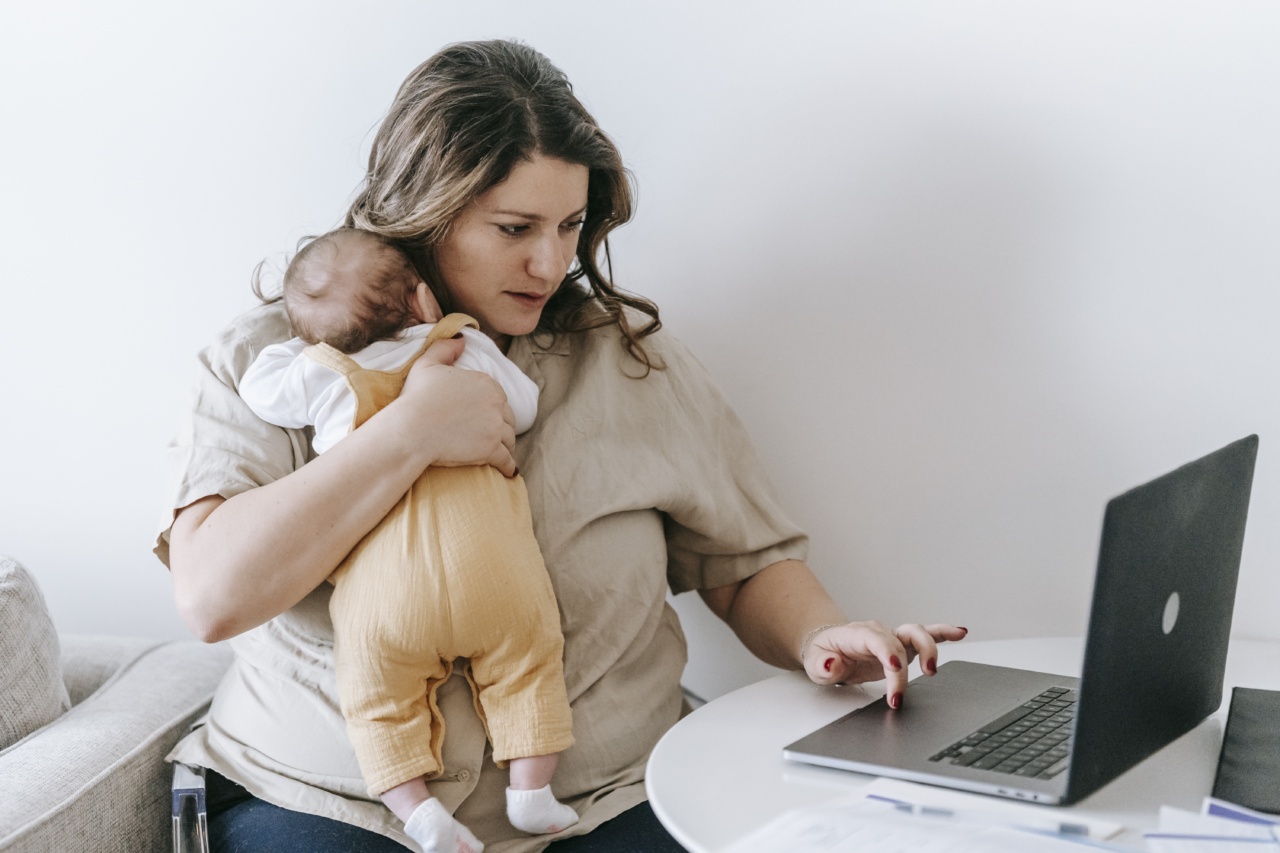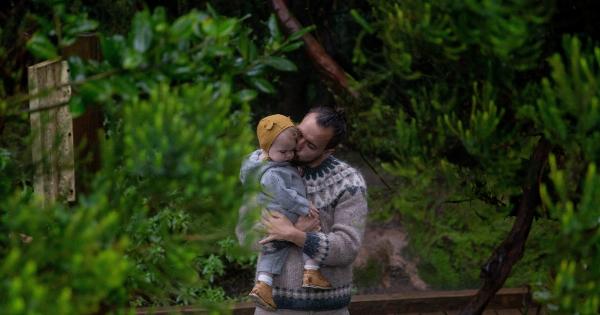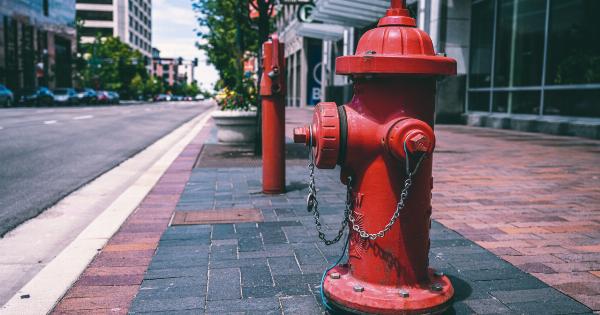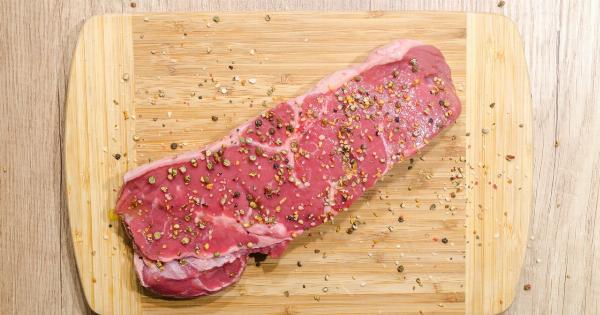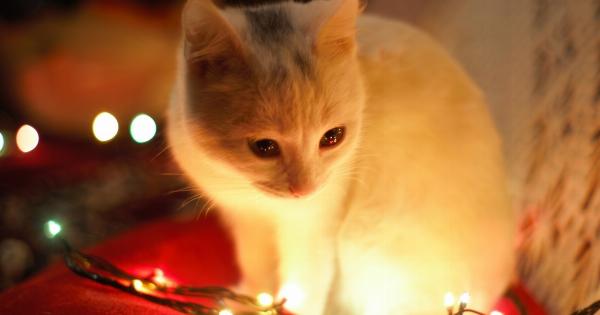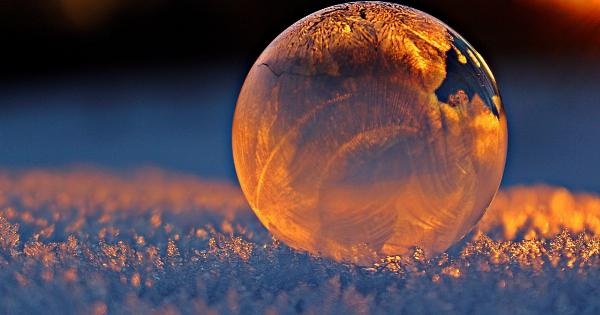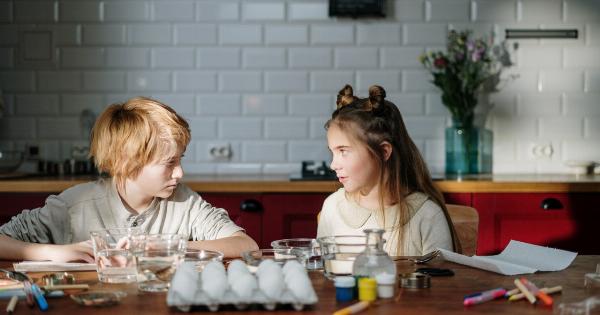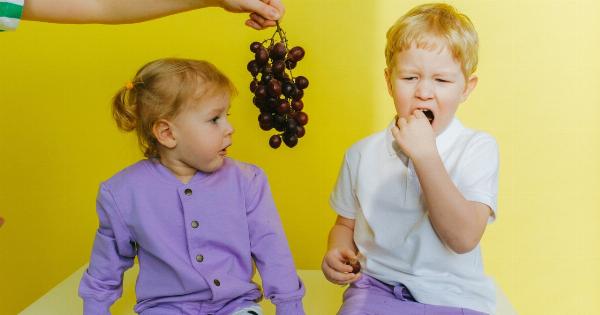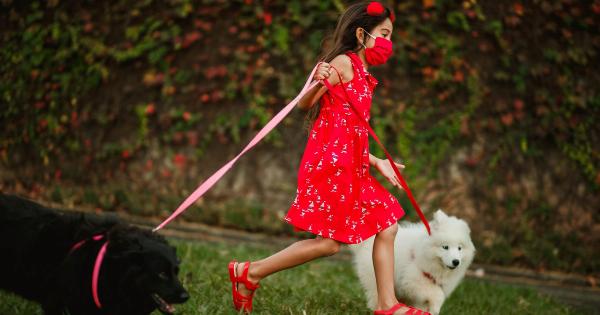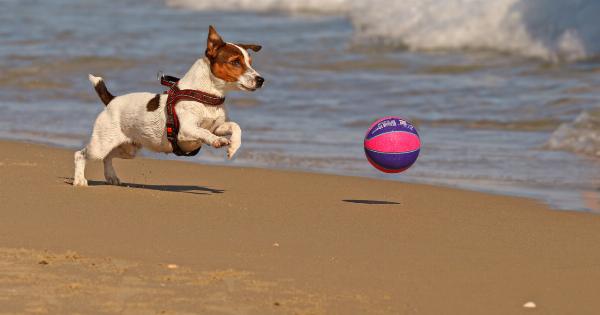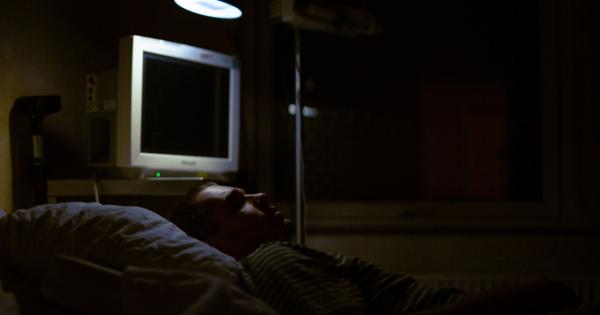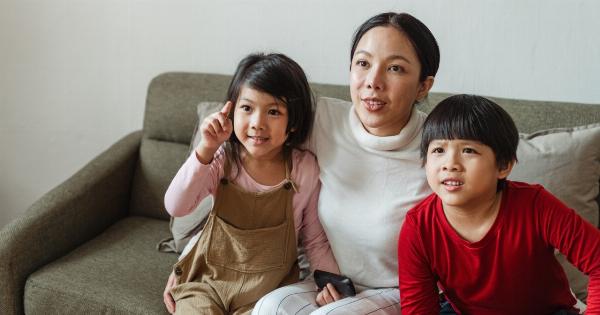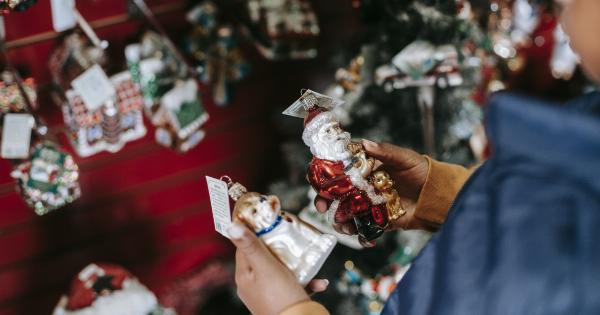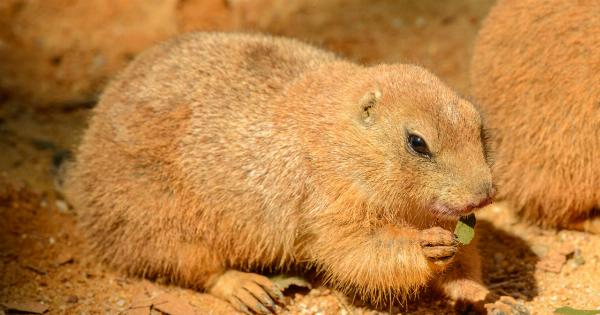Welcoming a baby into your home is an exciting time, but it also comes with a great deal of responsibility. As a parent, your top priority is keeping your little one safe and protected.
While you may have meticulously baby-proofed your home, there are still potential dangers that could pose a threat to your baby’s safety. It’s crucial to be aware of these hazards and take the necessary precautions to avoid them.
In this article, we will discuss some common potential baby dangers at home and provide practical tips on how to prevent accidents and ensure your baby’s well-being.
1. Suffocation Hazards
A significant concern for newborns and infants is the risk of suffocation. To minimize this risk:.
- Ensure that your baby’s crib mattress is firm and fitted properly, so there are no gaps where your baby’s head can get trapped.
- Keep pillows, blankets, and stuffed animals out of the crib. A fitted sheet is all your baby needs for sleep.
- Avoid using crib bumpers, as they can pose a suffocation hazard.
- Never place your baby to sleep on a sofa, couch, or adult bed.
- Choose appropriate sleepwear that is not too loose or overly warm to prevent overheating and suffocation.
2. Choking Hazards
Babies are naturally curious and tend to explore the world by putting things in their mouths. To prevent choking:.
- Regularly inspect your home for small objects that could be a choking hazard, such as coins, buttons, or small toys.
- Keep small objects out of reach, preferably in locked drawers or cabinets.
- Be cautious with foods that could cause choking, such as grapes, hot dogs, or hard candies.
- Cut food into small, bite-sized pieces to minimize the risk.
- Supervise your baby during mealtime and discourage them from putting too much food in their mouth at once.
3. Electrical Safety
Electrical outlets and cords can be potential hazards for curious little hands. To ensure electrical safety in your home:.
- Cover all electrical outlets with safety covers or install childproof outlets.
- Use cord holders or covers to keep cords out of your baby’s reach.
- Secure cords against baseboards or furniture to prevent your baby from pulling on them.
- Unplug appliances when not in use and store them safely
4. Poisonous Substances
Household chemicals and medications can be extremely dangerous if ingested by a child. Take the following precautions:.
- Store cleaning products, medicines, and other toxic substances in locked cabinets or high shelves.
- Keep all medications in child-proof containers and out of your baby’s reach.
- Never refer to medication as “candy” to avoid accidental ingestion.
- Dispose of expired or unused medications properly.
- If you suspect your baby has ingested a poisonous substance, call poison control immediately.
5. Baby Gear Safety
While baby gear like strollers, car seats, and high chairs are designed with safety in mind, accidents can still occur. Here’s how to ensure your baby’s safety in these situations:.
- Follow the manufacturer’s instructions carefully when assembling and using baby gear.
- Regularly check for any recalls on your baby’s gear and promptly address the issue.
- Use safety straps and ensure they are securely fastened whenever your baby is in a stroller, car seat, or high chair.
- Never leave your baby unattended in any type of baby gear, especially when elevated or on a changing table.
6. Falling Hazards
Babies become more mobile as they grow, increasing the risk of falls. To prevent falls:.
- Install safety gates at the top and bottom of stairs and keep them closed at all times.
- Never leave your baby unattended on a changing table, bed, or any elevated surface.
- Secure furniture, such as bookshelves or dressers, to the wall to prevent tipping.
- Place soft padding or rugs on hard flooring to minimize injuries during falls.
7. Drowning Hazards
Even a small amount of water can pose a significant drowning risk for babies. Take the following precautions to prevent drowning accidents:.
- Never leave your baby unattended in the bathtub, even for a moment.
- Empty bathtubs, buckets, or other containers immediately after use.
- Always keep the bathroom door closed and install a toilet lock to prevent access.
- Supervise your baby during water play or swimming activities.
- Consider enrolling your baby in swim lessons to promote water safety.
8. Window Safety
Windows can be a potential danger if they are not adequately secured. To ensure window safety:.
- Keep windows locked when they are not being used.
- Install window guards or safety netting to prevent accidental falls.
- Ensure window blinds and cords are inaccessible to your baby, as they can pose a strangulation hazard.
- Do not place furniture near windows that your baby can climb on.
9. Pet Safety
If you have pets at home, it’s essential to take certain precautions to ensure your baby’s safety:.
- Never leave your baby alone with pets, especially large or unfamiliar ones.
- Gradually introduce your baby to your pets and closely supervise their interactions.
- Teach your baby to be gentle with pets and avoid pulling their fur or ears.
- Keep litter boxes and pet food areas out of your baby’s reach.
- Regularly vaccinate and treat your pets to prevent the spread of diseases.
10. Fire Safety
Fire can be a catastrophic danger at home. Protect your baby by following these fire safety measures:.
- Install smoke detectors on every level of your home, including inside and outside sleeping areas.
- Test smoke detectors monthly and replace batteries at least once a year.
- Create a fire escape plan and practice it regularly with your family.
- Keep matches, lighters, and candles out of your baby’s reach.
- Use fireplace guards to prevent your baby from getting too close to the fire.
By being aware of these potential baby dangers and taking preventive measures, you can create a safe and secure environment for your little one to thrive.
Remember, ongoing supervision and regular safety checks are vital to ensure your baby’s well-being. Stay vigilant, and enjoy the precious moments with your child!.
